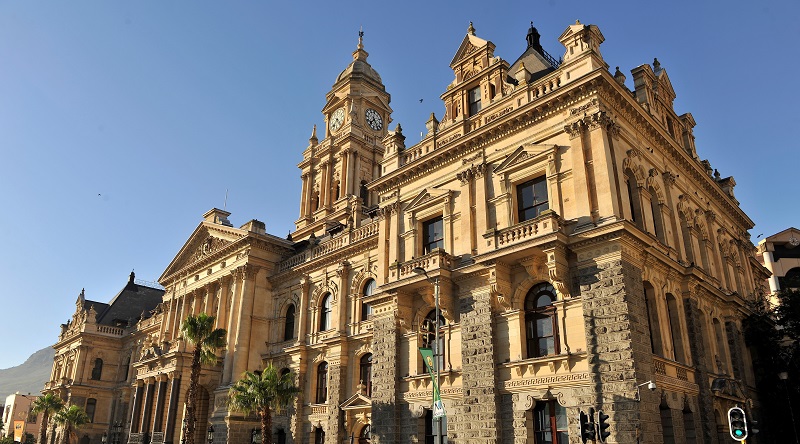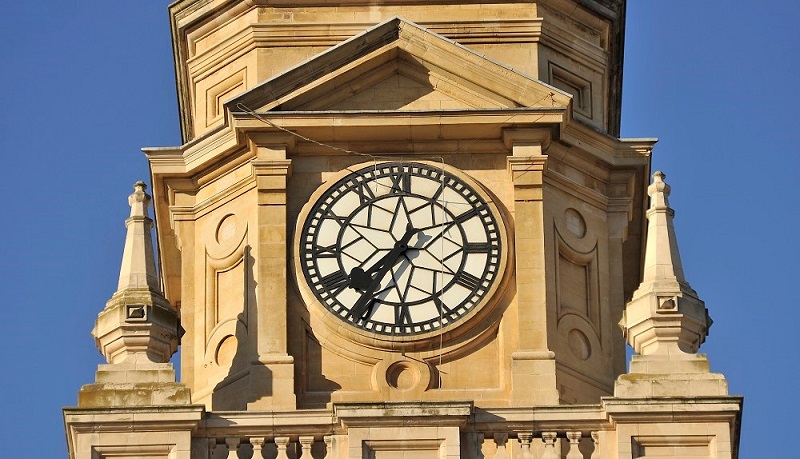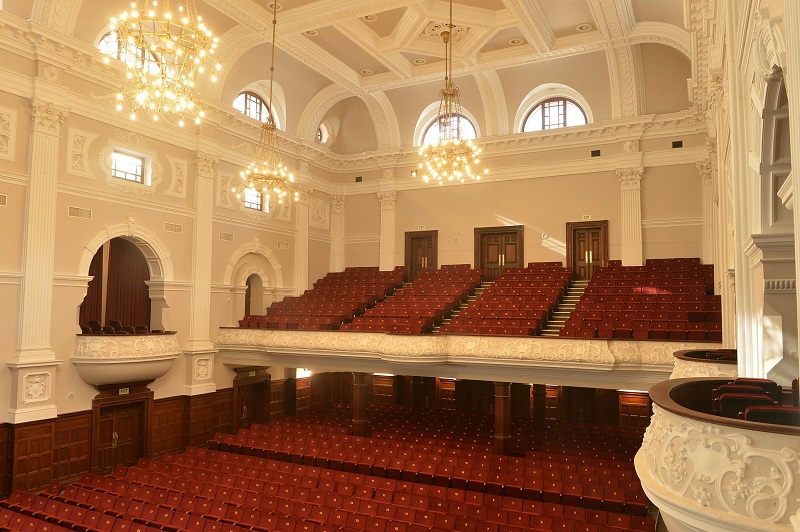Cape Town’s Iconic City Hall All Spruced Up
6 August 2021
The iconic city hall has huge historical importance for Cape Town. The City’s investment in upgrading this key strategic asset will greatly benefit future generations as a vibrant venue.
A five-year upgrade to restore the Cape Town City Hall, dubbed the Grand Old Dame, to its former glory, and also making it a more functional facility to meet modern-day needs, is virtually complete.
The Edwardian property is among the City’s key strategic assets, which also include the Old Granary, the Grand Parade, the Good Hope centre, Green Point Park, and the Green Point athletics track and Athlone stadium.
Located on the Grand Parade, to the west of the Castle of Good Hope, the city hall replaced the Old Town House on Greenmarket Square as the then seat of local government. Its design and construction resulted from a public competition in 1905, won by architects Harry Austin Reid and Frederick George Green, and contractors THoward and FG Scott.
Hall of history
Much of the building materials, fixtures and fittings for the Italian Renaissance-style building was imported from Europe, while the honey-coloured limestone came from Bath in England. Yet the Dame is distinctly Capetonian, with the lower walls and plinths incorporating granite from our very own quarry on Signal Hill.
Its interior features beautiful mosaic floors, marble staircases and stained-glass windows. Steeped in history, the city hall is one of Cape Town’s oldest and most central public spaces, having played host to several momentous events in its 116 years of existence. Arguably the most significant was on 11 February 1990, when former president Nelson Mandela delivered his first public address from the balcony overlooking the Grand Parade soon after his release from prison.
In 2018, a statue of the late statesman was unveiled on that same balcony. The rejuvenated city hall will ultimately be home to Cape Town Tourism’s offices, the Madiba exhibition and the Mayoral art exhibition.
The Madiba legacy project is a partnership between the City and the Western Cape Provincial Government, and forms part of the National Liberation Heritage Route. The Mayoral exhibition, in turn, will be interactive, incorporating audio-visual and print displays, as well as pieces from the Mayoral art collection.
Capetonians can also look forward to the hall’s reawakening as the artistic hub for longstanding users such as the Cape Philharmonic Orchestra, Christmas choirs and more.
The 960-seater auditorium will be able to support a variety of stage events, from theatrical performances to school concerts. Also offering four banqueting halls and six conference rooms, the building now provides an unparalleled choice of venues for weddings, private functions, live events, conferences, product launches, commercial video and photo shoots, and fundraising galas.
Making it available to local, provincial and international organisations will help ensure the city hall’s economic sustainability. In fact, new operating plans will enable multiple events to be hosted at once, maximising its potential.
To guarantee a memorable visit, day or night, theatrical lighting is being designed to illuminate the building for significant days or events, as well as to highlight its impressive architecture. This also stands to benefit the Grand Parade by encouraging evening tourist traffic and providing a much-needed economic boost for vendors in the area.
Inside, two new staircases have been introduced in the existing service atriums to improve the circulation of foot traffic and separate the public and office spaces. The public staircase will provide access to the exhibition and conferencing areas, while the other staircase will allow authorised access to the executive spaces.
The renovators took care to preserve the building’s period character and have used classic details and finishes in keeping with the city hall’s old-world charm.
A pumping precinct
The city hall’s refurbishment forms part of the City’s effort to re-establish the precinct, which also includes the Grand Parade, Old Drill Hall and the Castle, as the historical and cultural heart of the Mother City.
The Grand Parade is a provincial heritage site and is where the early settlers built the original fort.
Today, it remains the largest multifunctional space in the city centre and has retained its historical market atmosphere. The City’s Strategic Assets Department is in the process of upgrading the Parade to create an attractive tourist triangle with the city hall and the Castle – all significant tourist attractions in the central business district.



